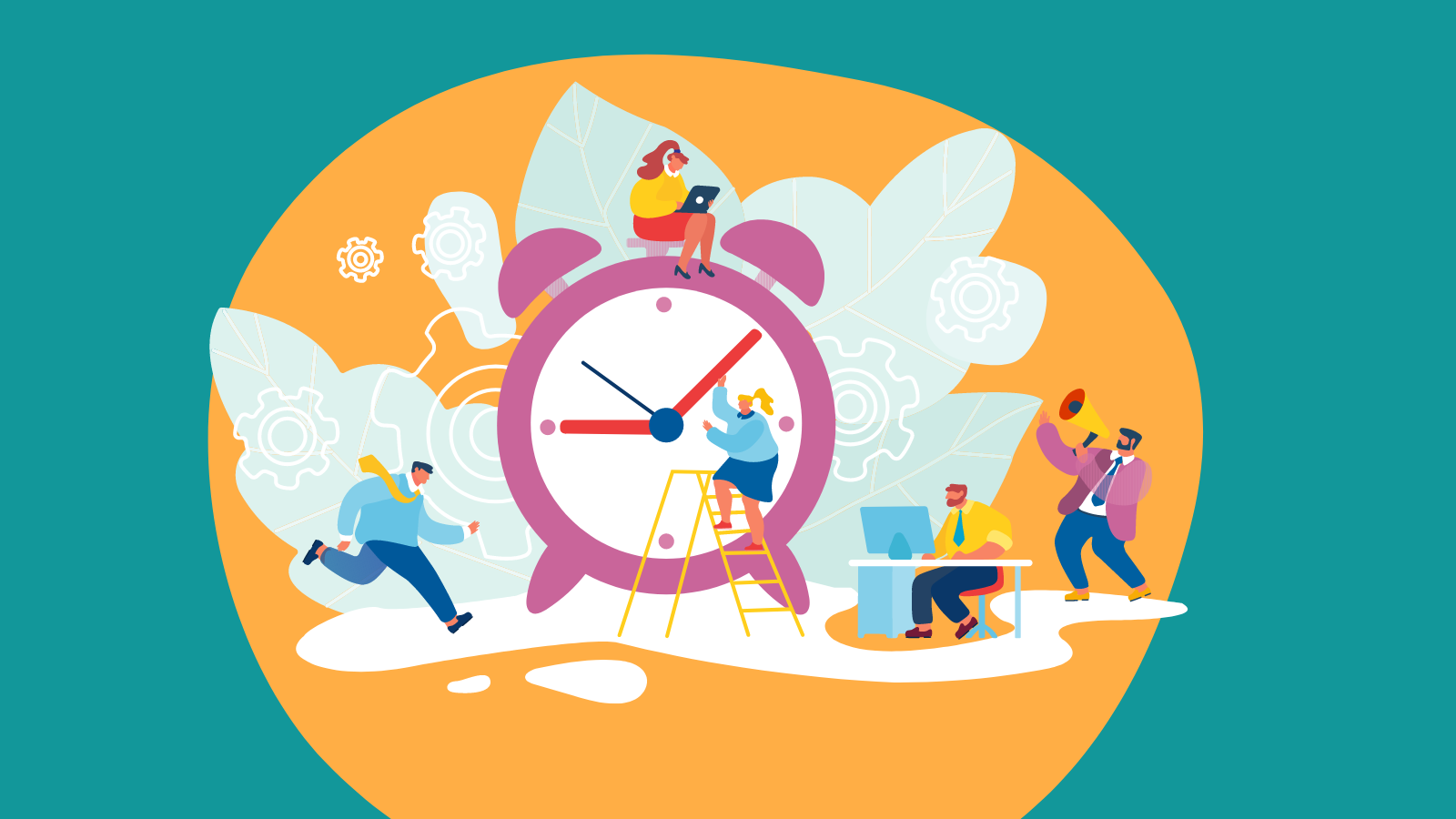How do you lead in a world that's too much, too fast?

In the work to address the urgent, multiple and interconnected crises affecting the planet and humanity, we often find ourselves in a constant state of busyness. It can be difficult to cultivate the type of presence we need to do our work impactfully when we get pulled in many different directions and get stuck in autopilot reactive mode. Even when we create time to play and experiment, we find ourselves tackling whatever’s in our inbox, on our Whatsapp or Slack channels, or are spending time in meetings instead.
Many of us already know what we need to stay resourceful, whether that means boosting our health with exercise or eating well, or pausing and reflecting with mindfulness and art. These are the activities that can inspire our creativity, give us energy and teach us to do our work in more impactful ways. So why can’t we do them?
In February’s Leap of Leadership meetup, Spring’s Coaching Lead Márcia Kodama led us through an exercise to reflect on and uncover the beliefs that underlie our current approach to dealing with busyness.
Listen to the 36-minute audio summary and read on for resources to help you discover what's keeping you from doing the things you care about.
You can fill out this Immunity to Change map as Márcia guides you through the worksheet, one question at a time.
The Immunity to Change Map
Two Harvard Graduate School of Education faculty members — Professor Robert Kegan and Lecturer Lisa Lahey — built a body of work based on 30 years of adult developmental research aimed at helping leaders overcome the innate human aversion to change. They call this phenomenon “Immunity to Change.”
Each person brings a whole set of assumptions — deeply rooted beliefs about themselves and the world — with them to work based on their personal histories and experiences. Most people might accept these assumptions as reality and may not be aware of them. According to Kegan and Lahey, these assumptions underpin a set of “competing commitments” that can conflict with a person’s genuine commitment to change. Unless we become aware of these competing commitments, they are in control of us and we can get stuck.
Uncover your assumptions
We invite you to use this Immunity to Change map, created by Kegan and Lahey, to uncover your assumptions and fill it out as you read through the 5-step process below. We recommend following along with the above recording, where Márcia guides Spring’s Co-Executive Officer Archana Deshpande through the worksheet, to hear concrete examples.
- Column 1: What is your improvement goal? What is it that you have been trying to do but haven't been able to because you’re too busy?
- Column 2: What have you been doing, or not doing instead that work against your improvement goal?
- Column 3a: Worry box. As you imagine you are doing the opposite of what you listed in column 2, what is the biggest worry or fear that comes up for you? What could happen to you? This should explain why you behave as you do in column 2 and is the “problem” you need to solve.
- Column 3b: Hidden, competing commitments. Turn your worries or fears from column 3a into hidden commitments. These are the competing commitments that we unconsciously use to protect ourselves and that prevent you from moving forward with your improvement goal.
- Column 4: Big assumptions. Look at the hidden commitments listed in column 3 — what are the possible assumptions you are making about yourself or about others and the world that explain why you hold your competing commitments? If the above competing commitments are a form of self-protection, what are you protecting yourself from?
Challenge your assumptions
Only by bringing our big assumptions to light can we finally challenge them and understand why we’re not doing the activities that we care about. What do we do with this new awareness? The next step is to do something concrete which helps you to see if your big assumption is true or not.
How could you show yourself that it actually doesn’t have to work that way? How can you keep testing your big assumptions and collect data that informs your understanding of the world around you and how you work in the world? Start small and simple. For example, if one of your underlying assumptions is that you’re not adding value or being valuable if you don’t respond immediately to every work email and slack message you receive, you could try logging off and disconnecting after 5:00 PM. See what happens — is it going to be a disaster? How many people are you going to let down? First notice what you feel as you do this and then notice the consequences.
As you gather evidence that challenges your assumption, you start to create space and opportunities for yourself to do things differently and find sustainable paths forward toward your improvement goals.
Recommended resources
- Explore: Immunity Change Map
- Listen: Dare to Lead podcast on Immunity to Change part 1 and part 2. With Lisa Lahey.
- Read: I’ve spent my career studying bad habits. Here’s what I’ve learned about breaking them. By Lisa Lahey.
Leap of Leadership is Spring’s monthly online meetup for social justice changemakers around the world. Each month, we tackle cutting-edge topics through new tools, concrete practices and exchanges with peers. Learn more or sign up to join our monthly drop-in sessions and receive our monthly emails.
March 3, 2023

